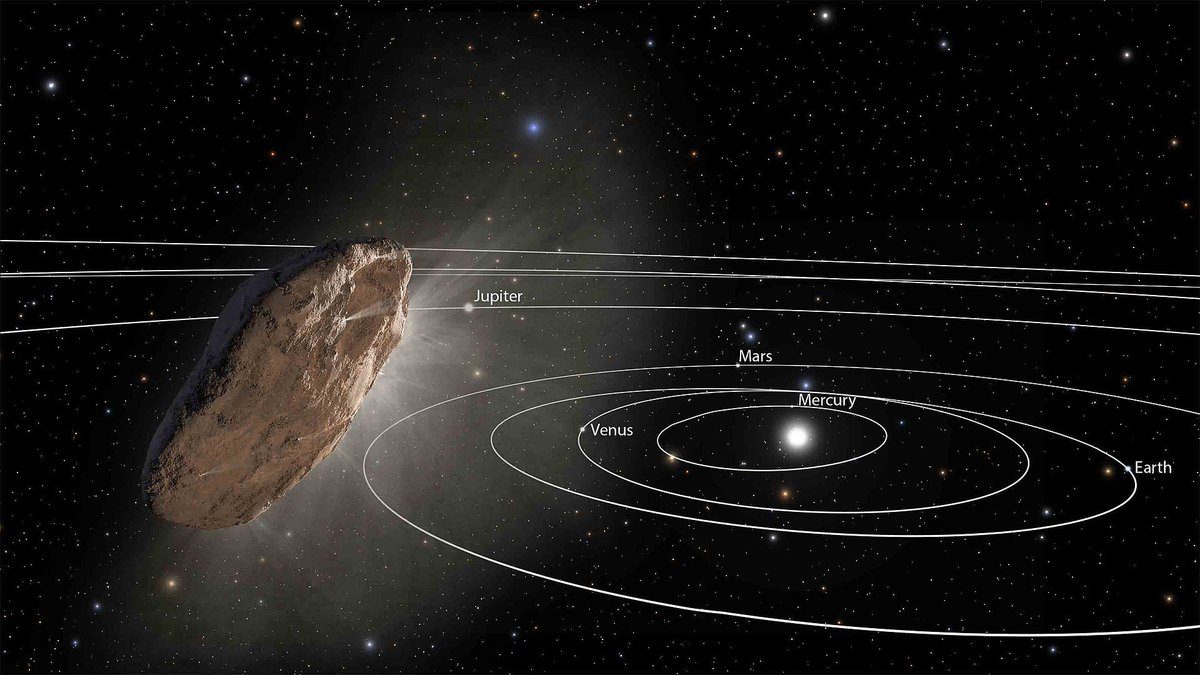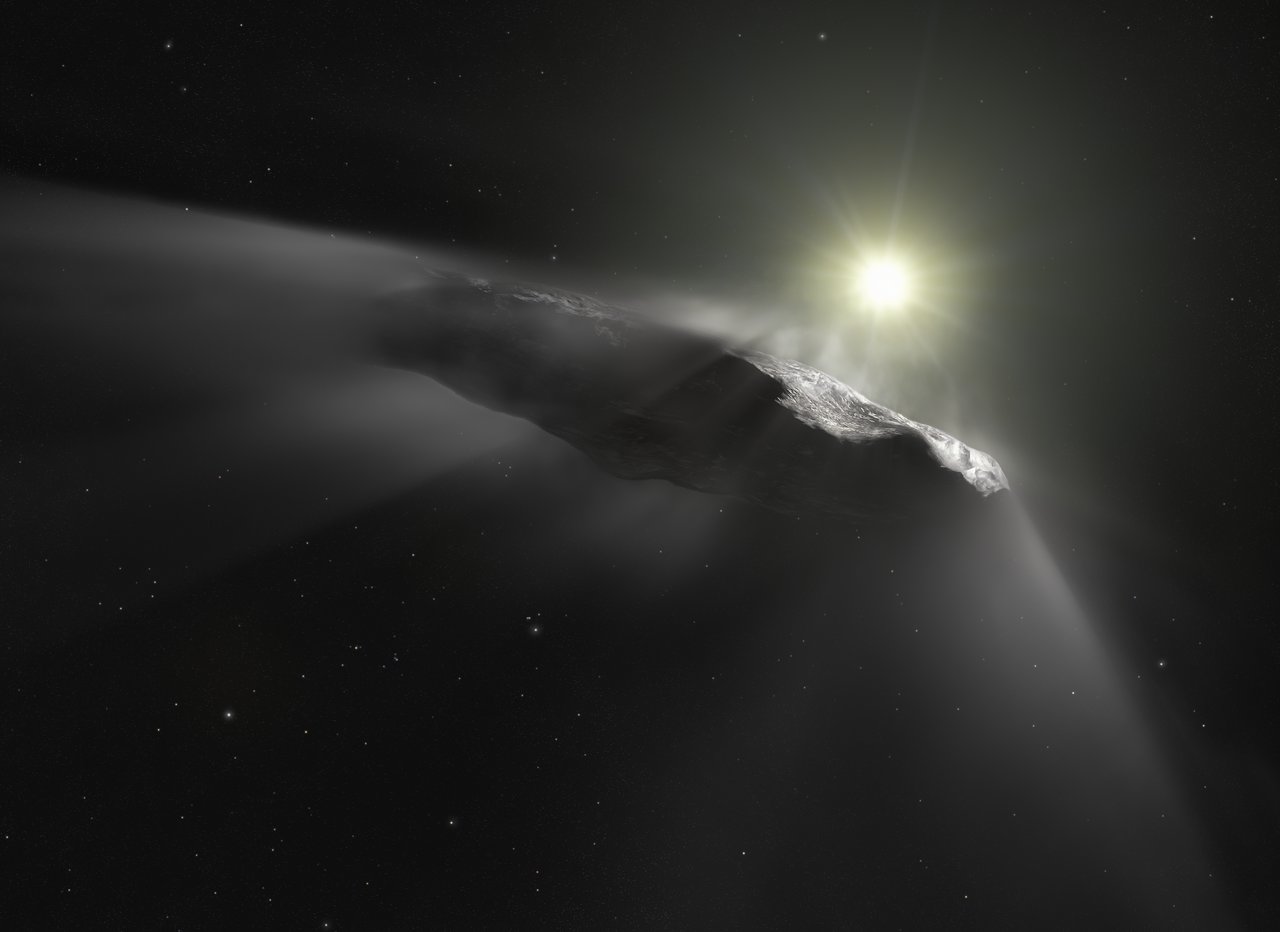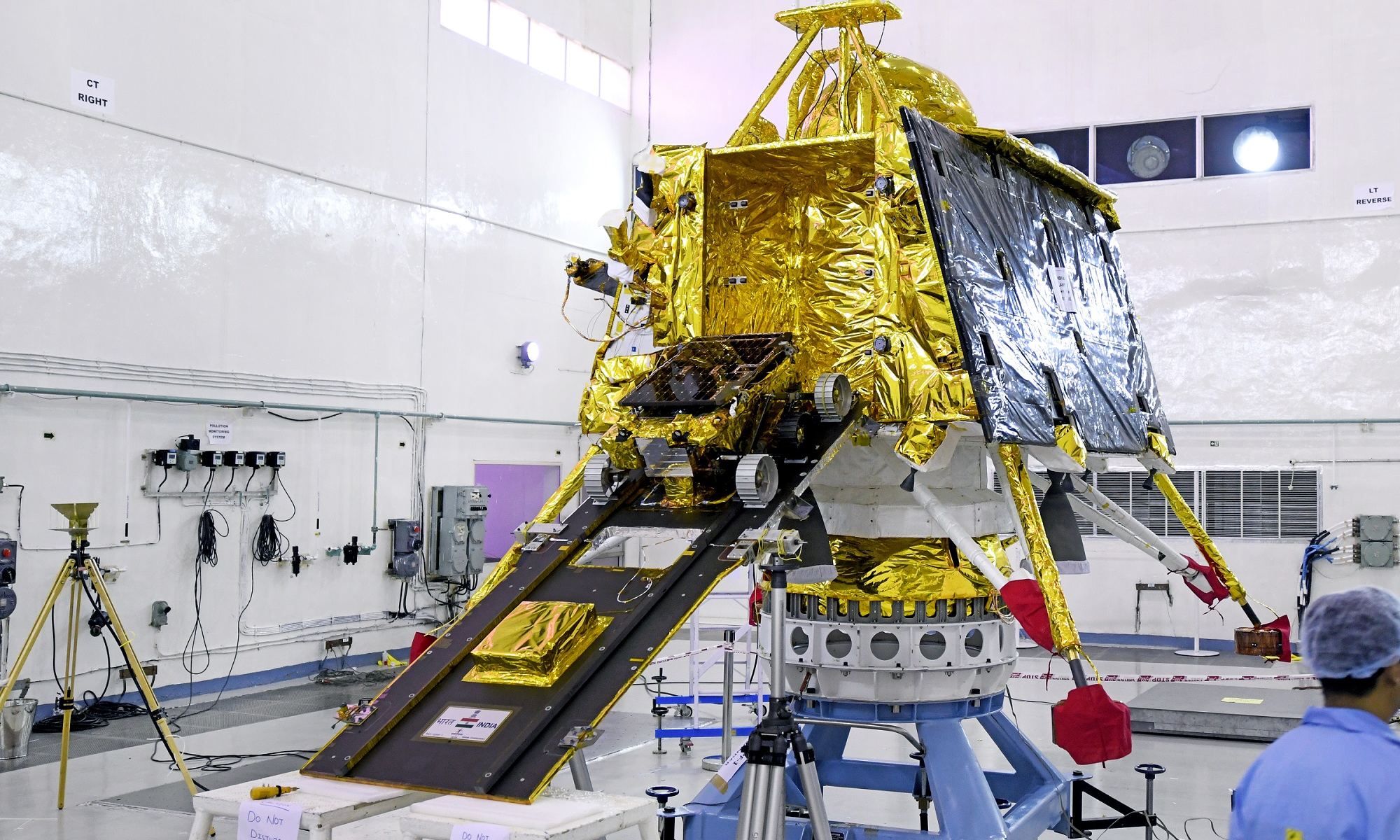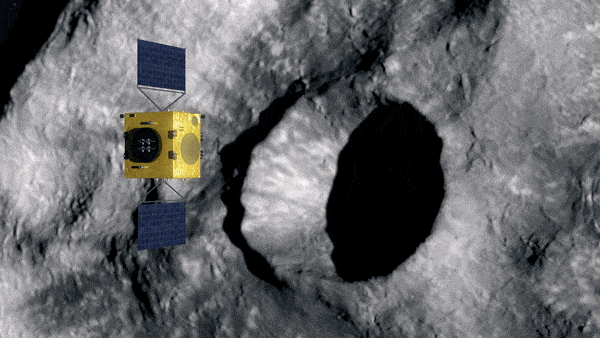When ‘Oumuamua passed through our Solar System two years ago, it set off a flurry of excitement in the astronomical community. Here was the first-ever interstellar object that
And now that a second interstellar object – C/2019 Q4 (Borisov) – has been detected traveling through the Solar System, similar proposals are being made. One of them comes from a group of scientists from the Initiative for Interstellar Studies (i4is) in the UK. In a recent study, they assess the technical feasibility of sending a mission to this interstellar comet using existing technology, and found that there were a few options!
Continue reading “Could We Intercept Interstellar Comet C/2019 Q4 Borisov?”









